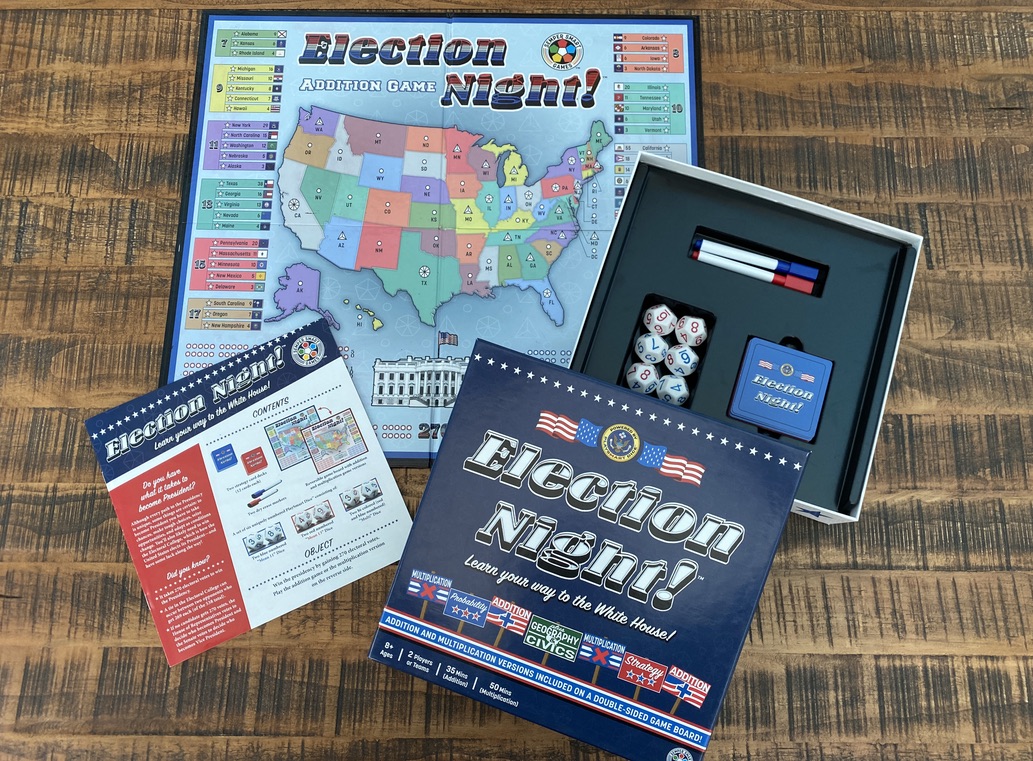
Learn How to Play Election Night
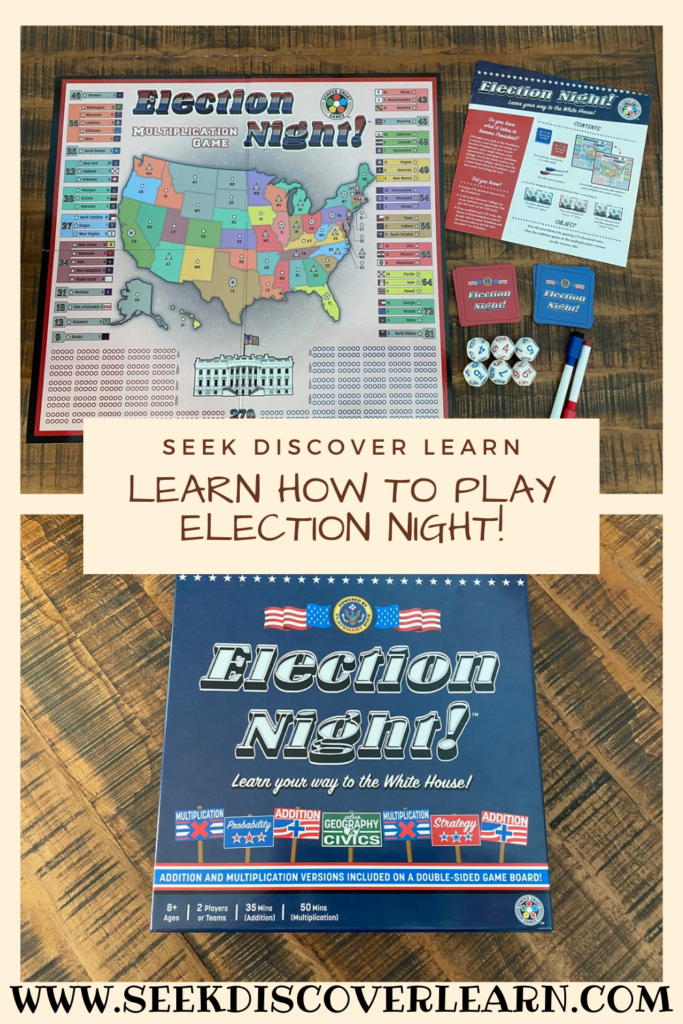
What if I told you there was a game that not only covered addition, subtraction, probability, geography, and civics, BUT your kids will also think it’s fun? Would you think that sounds too good to be true? Well that’s what I thought at first too.
We were first introduced to the game Election Night by Semper Smart Games at a homeschool convention. I love spending a few hours taking a leisurely walk through the vendor hall at the homeschool convention trying to find the best products for our homeschool.
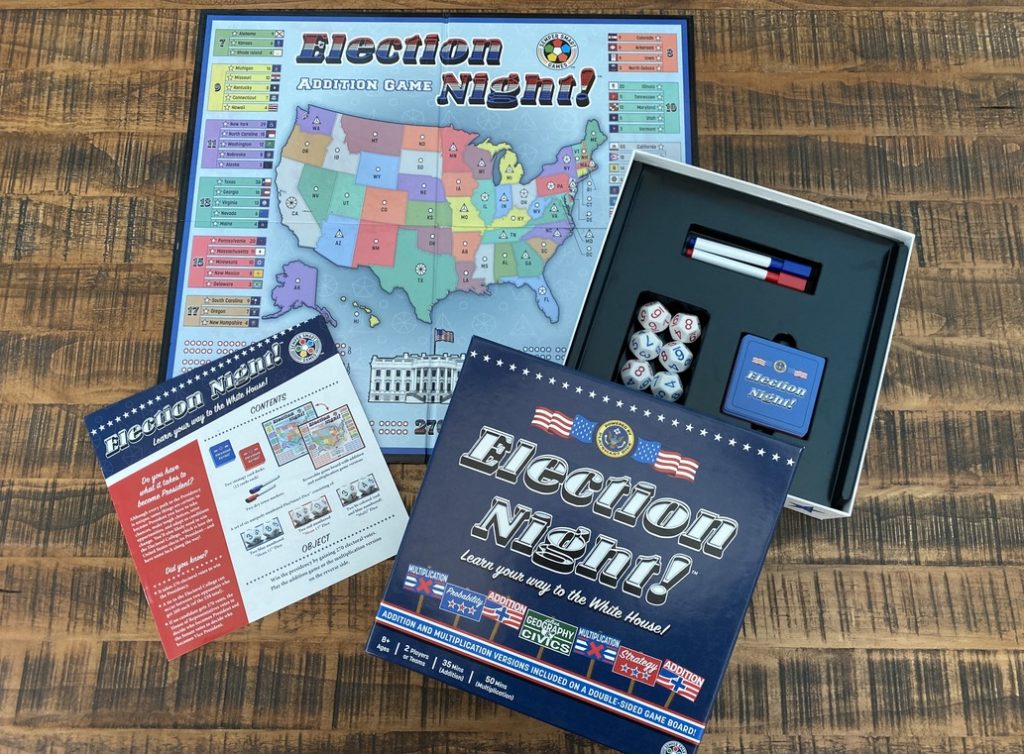
One of the things that I’m always on the hunt for is new games to add to our growing collection. But not just any games. I have a set of criteria that I look for when I’m searching for new games. First of all, my kids must find them fun and enjoyable. I don’t want to force my kids to play something that they’re not going to enjoy. Second, there has to be something that they’re going to get out of the game. I like for my kids to be productive with their time, so it has to be time well spent. A game or activity earns bonus points in my book if my kids don’t even realize they’re learning while they play.
Enter Election Night by Semper Smart Games. There are so many different learning aspects to this game, and I love it.
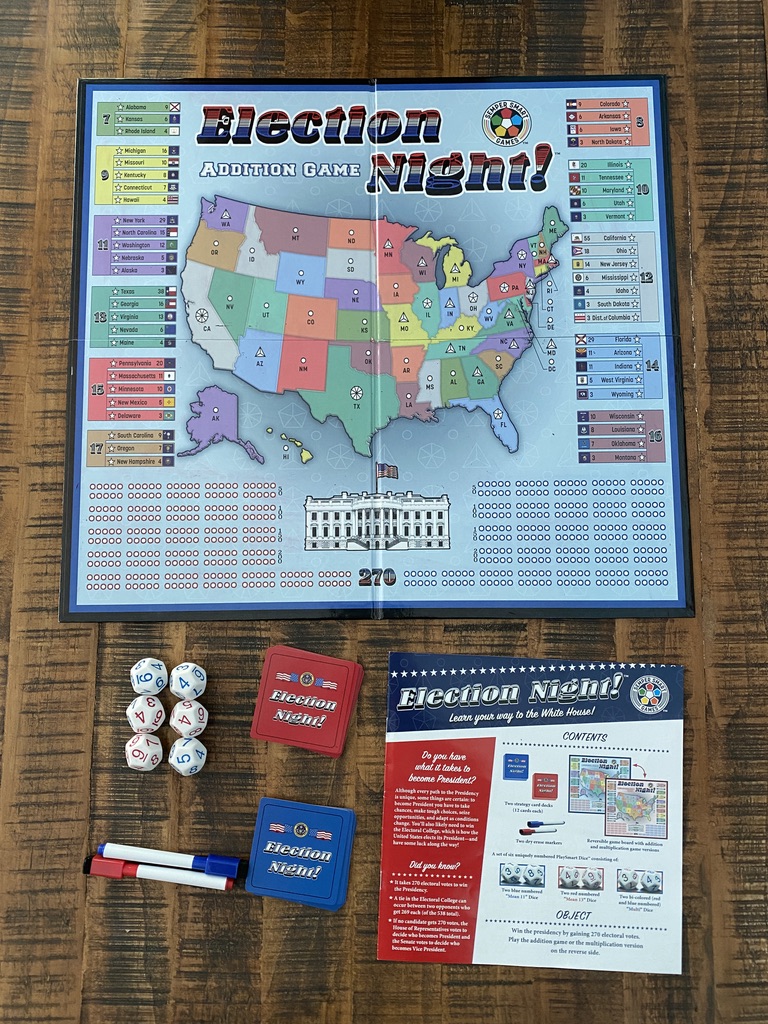
Election Night is a two player game that could also be played in two teams if you have more than two people. The object of the game is to try and win 270 electoral college votes in order to become President of the United States. There are 2 dry erase markers included, one red and one blue, that you will use to tally your votes.
There are two versions of this game, and the game board has two sides. You can play on the addition side and practice your addition facts, or you can play on the multiplication side and practice your multiplication facts.
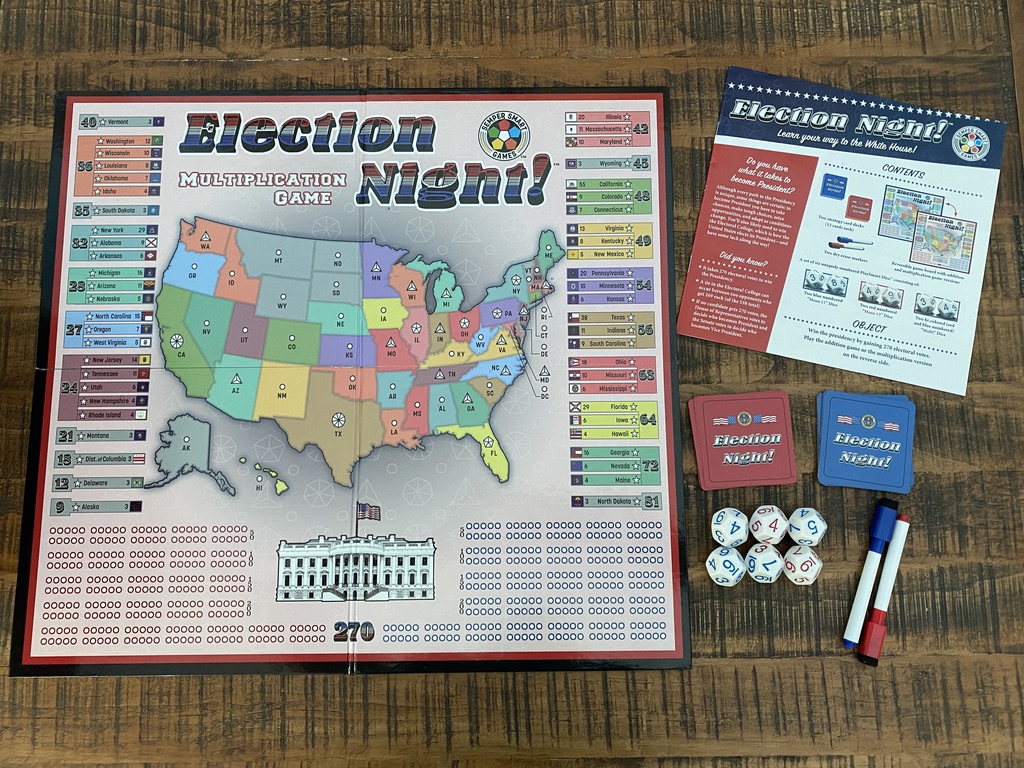
There are 6 different dice. Two of them have a mean of 11, and have numbers 3-8 on it twice. Two of them have a mean of 13 and have numbers 4-9 on it twice. The other two dice do not have the number 5 on them, but have the other numbers 3-9 on there twice. On the addition side you will roll 4 dice – the two mean 11 and the two mean 13.
To win electoral college votes, you roll four dice and add them up in any combination of two that you want. For example, if you roll 4, 5, 7 and 8, then you could choose any of these combinations:
4 + 5 = 9 and 7 + 8 = 15
OR
4 + 7 = 11 and 5 + 8 = 13
OR
4 + 8 = 12 and 5 + 7 = 12
So far we’ve got some addition practice going on, which is good. Now let’s see what else we might be learning as we play.
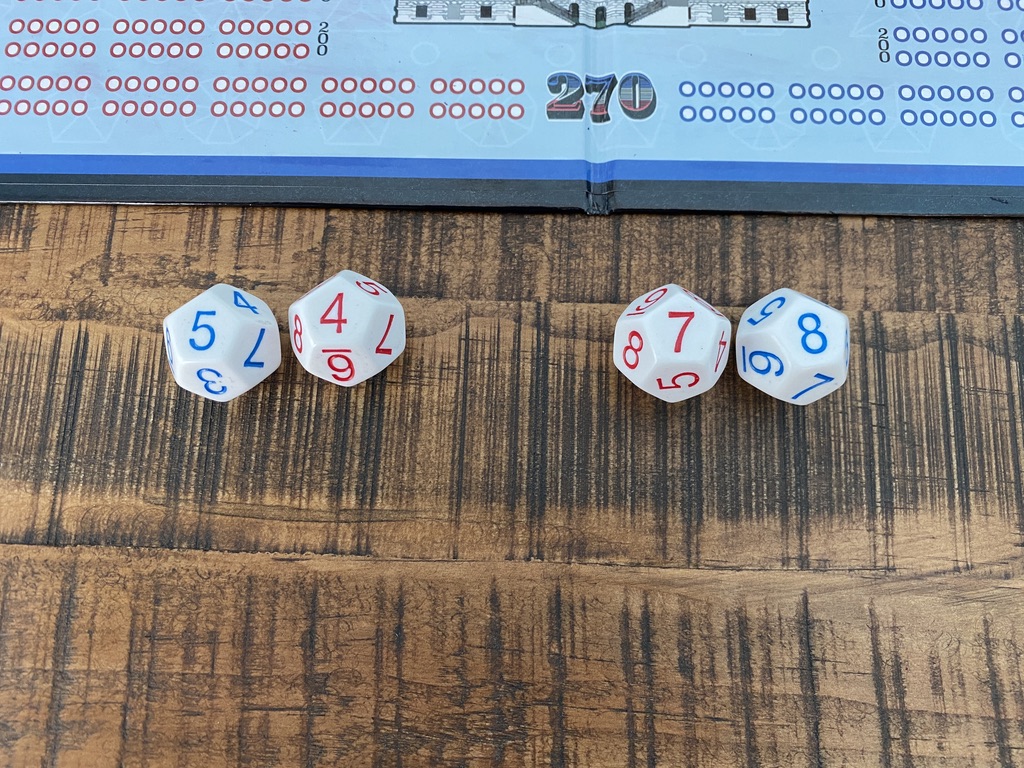
The sums correspond to the larger numbers along the left and right hand sides of the board. So if I decided to go with 9 and 15, then I could select one state that’s next to the number 9 and one state that’s next to the number 15.
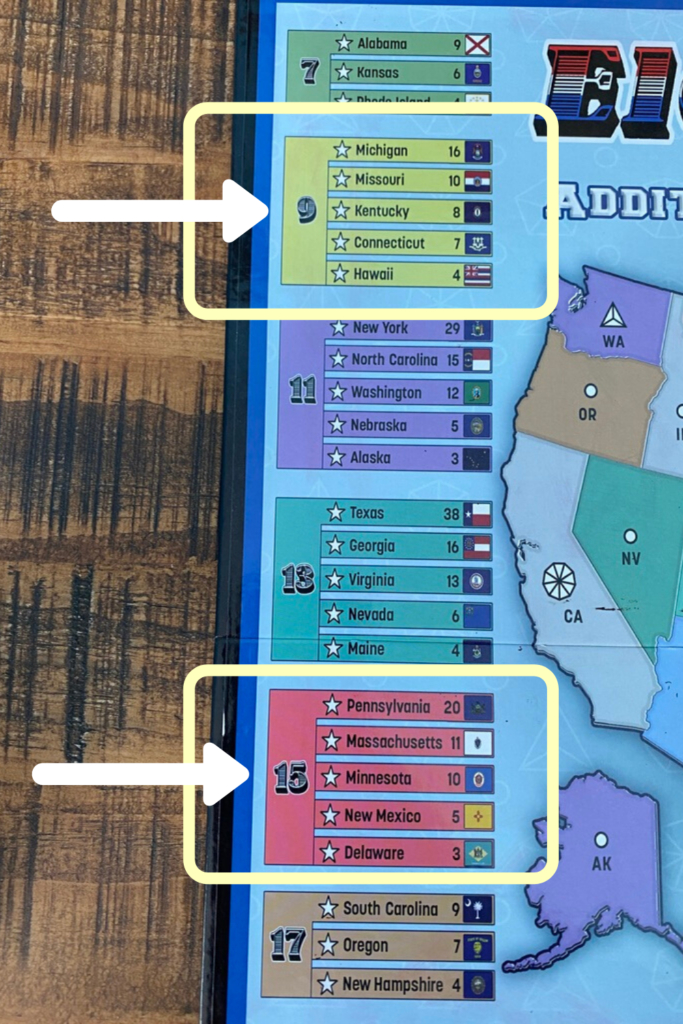
When looking at my options for number 9 I can see that Michigan would give me 16 electoral college votes, all the way down to Hawaii which would give me 4. In order to decide which one I want to choose I need to locate them on the map. Hmm…that sounds like geography to me.
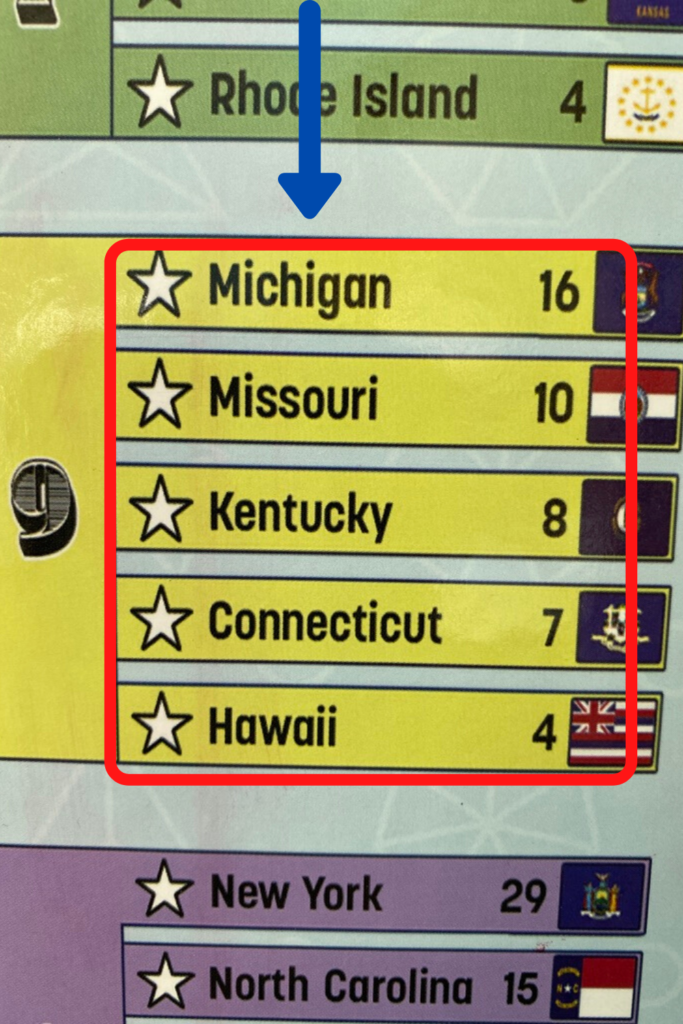
Let’s look at Hawaii first. There’s just a single circle located on Hawaii, meaning that I can immediately win Hawaii by coloring in the circle and collect 4 electoral college votes. But I’m trying to get to 270…so maybe that’s not the best move.
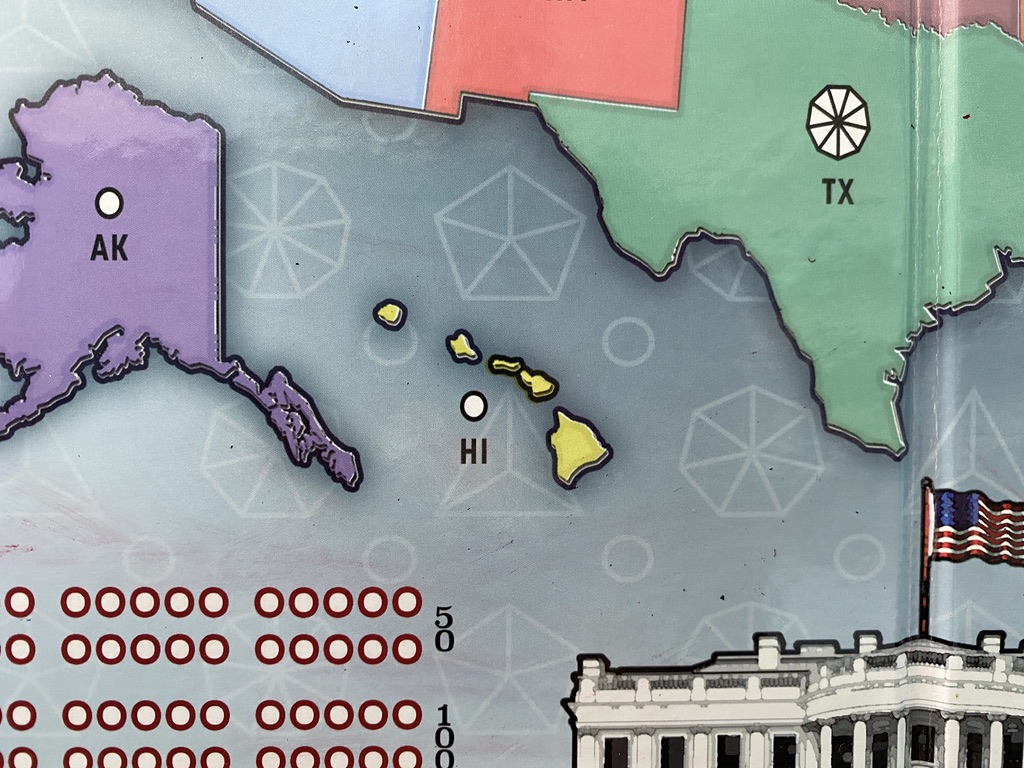
Connecticut also has a single circle, so I could immediately collect 7 votes. That’s sounding better. With Kentucky I could collect 8.
Now when I look at Missouri I notice there’s a triangle instead of a circle. So in order to win the state of Missouri I would need to color in 2 pieces of the triangle. I could color one in on this turn, and if I roll a 9 on the next turn I could color in the second piece before my opponent would have a chance to color in two pieces. What are the odds that I would roll a 9 on my next turn? Hmm…that sounds like probability. I told you Election Night by Semper Smart Games is full of learning opportunities.
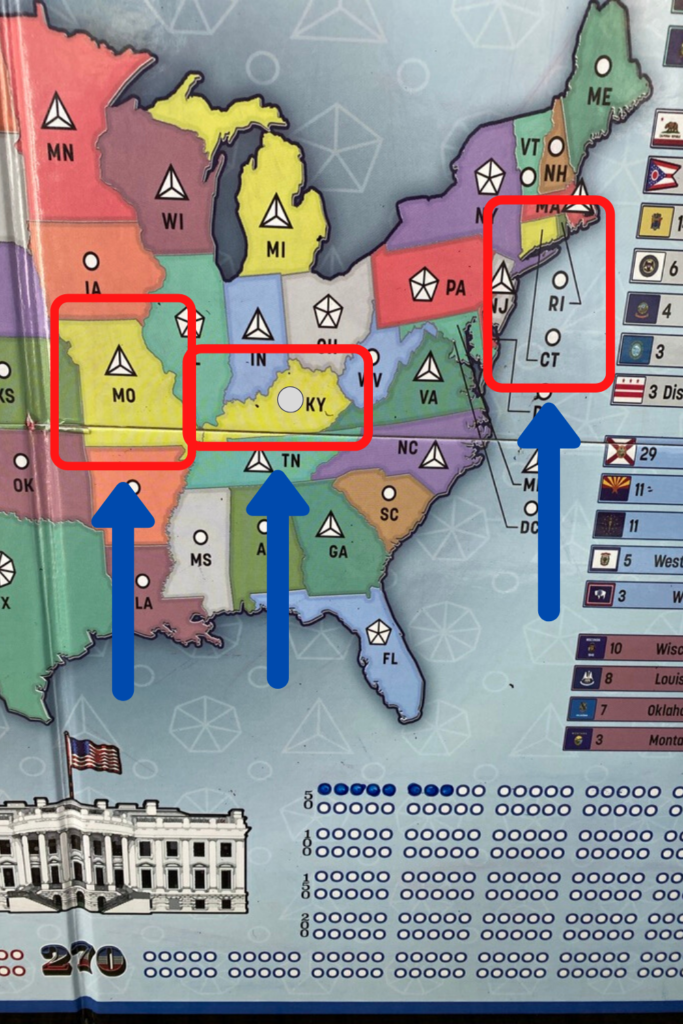
Michigan also has a triangle, but would give me 16 votes. I decide to go ahead and take Kentucky for 8 votes on this turn. I color in the circle on Kentucky and also color in my 8 votes at the bottom of the board.
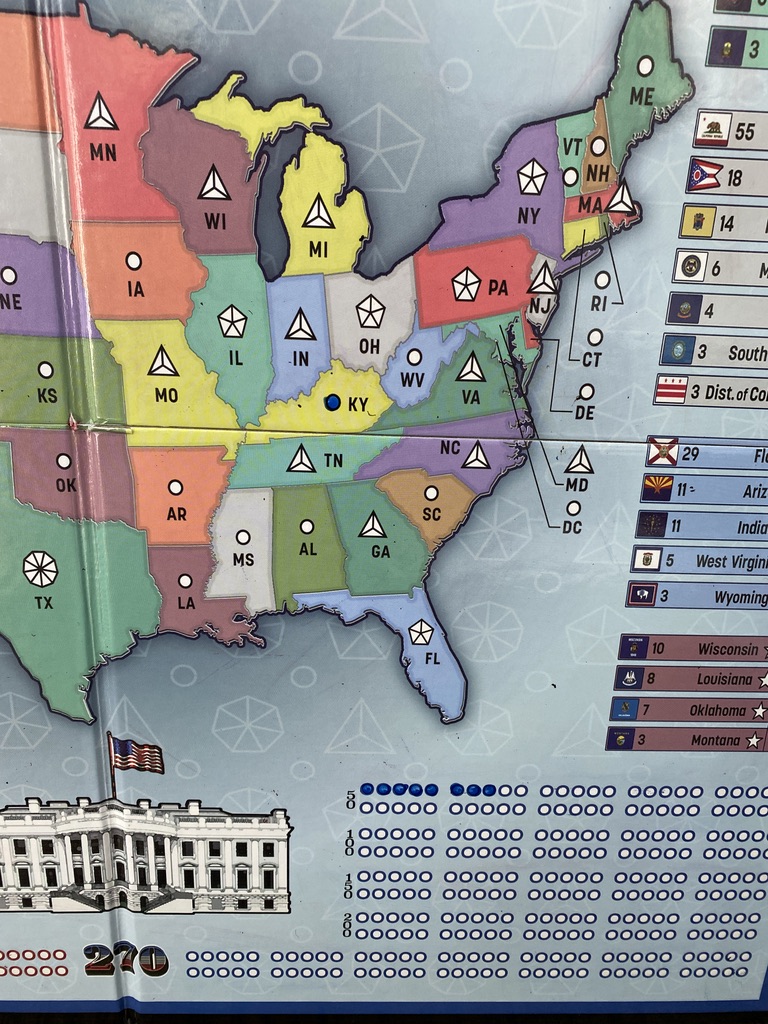
I also color in the star next to Kentucky which indicates that it’s already been won.
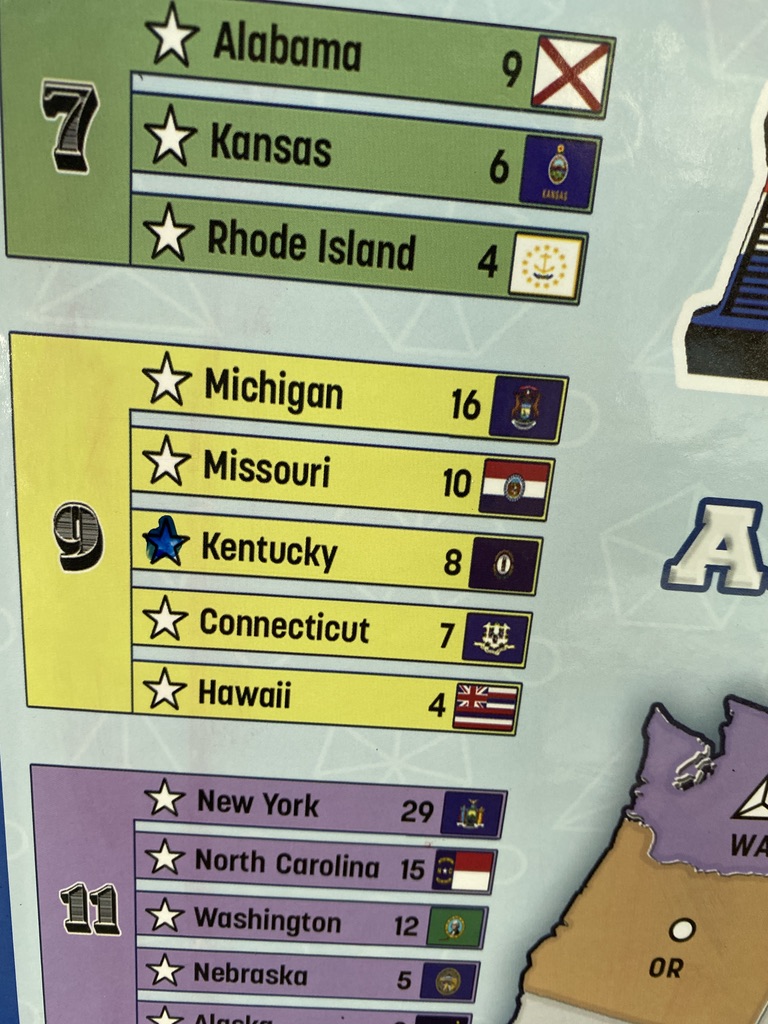
For my second number, 15, I see that Pennsylvania has a pentagon. I need to color in 3 out of the 5 to win Pennsylvania. Since it’s worth 20 votes I go ahead and color in one piece of the pentagon and my turn is over.
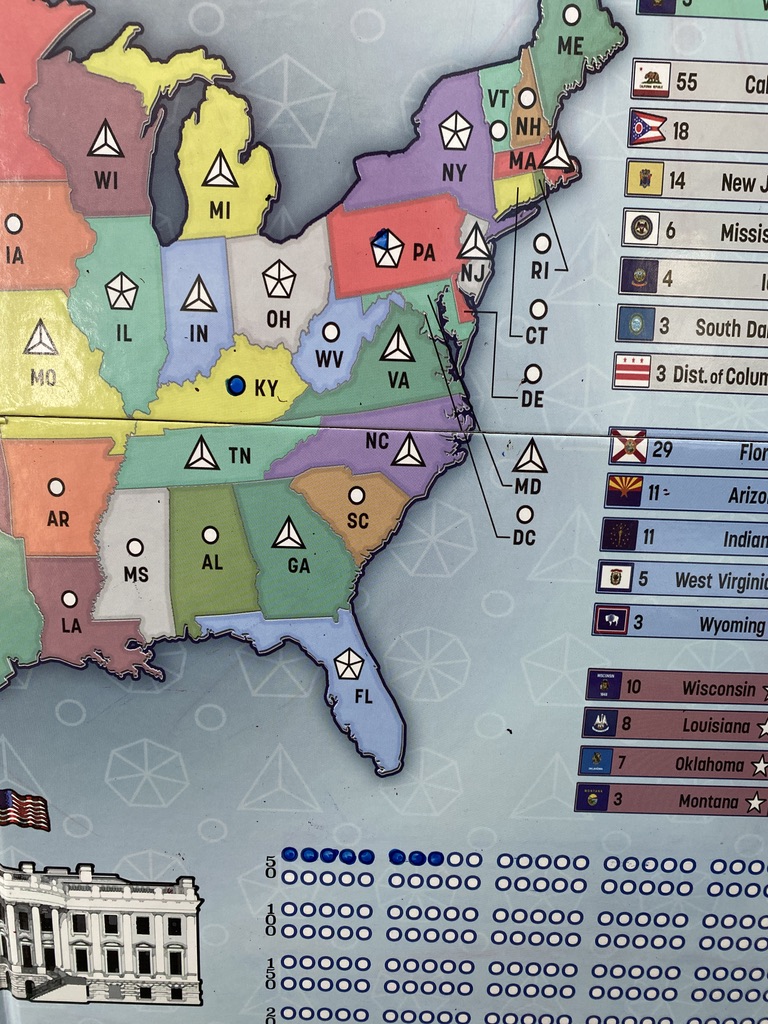
The next person will play and you alternate turns until someone wins 270 votes in order to become President. The multiplication game is the same except you multiply your numbers instead of add them.
One of the great things about Election Night is that the addition and multiplication facts that your child is practicing are the ones that aren’t as common. They’re not your basic 2 + 2, but instead your 9 + 6 and 8 + 7. Same with the multiplication facts.
Election Night by Semper Smart Games also comes with a few variations which is nice. There are some extra cards that you can play with that give you the option of re-rolling dice on your turn, changing one of the dice to a certain number that’s indicated on the card, and a wild card where you can choose what number you want one of the dice to be.
Another variation is to add 2 dice together and then subtract one. So if you rolled 9, 8, 7 and 4, you could add 9 + 8 = 17, then subtract 4 which equals 13. So your two numbers would be 13 and 7.
Election Night by Semper Smart Games is available for purchase on Amazon, and since it’s an election year, I think this would be a great time to add it to your game collection. Teach your kids about the electoral college and the election process, while they are also learning about geography and practicing their addition and multiplication facts.
What other learning games do you love? We are always looking for new games to add to our collection.
If you’re more of a video person, Silas and I also made a video showing you how to play.
PIN for later
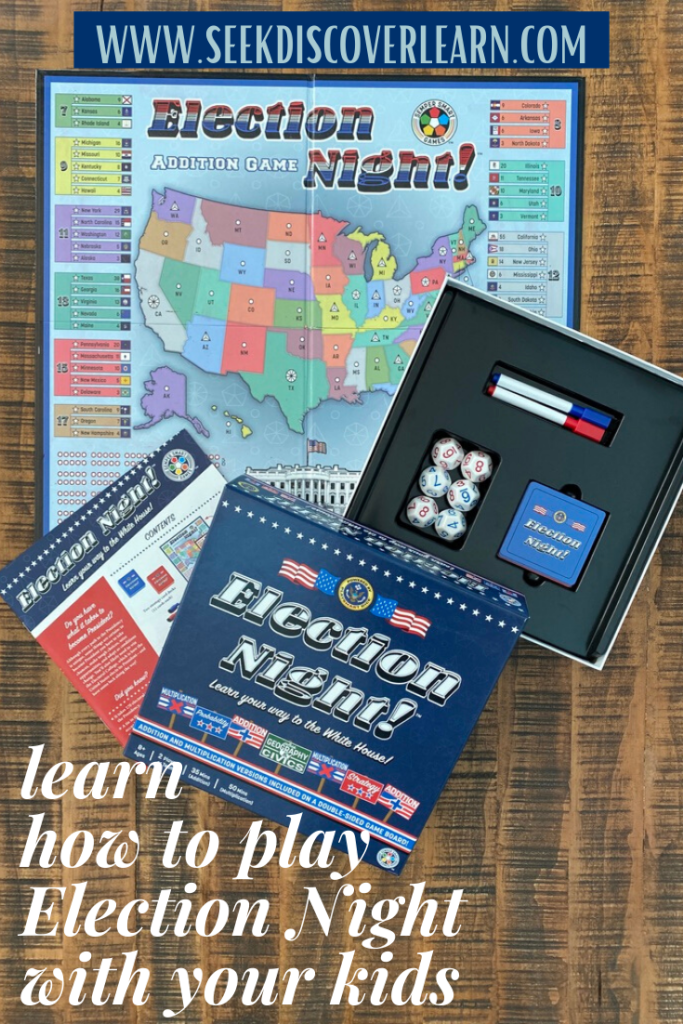
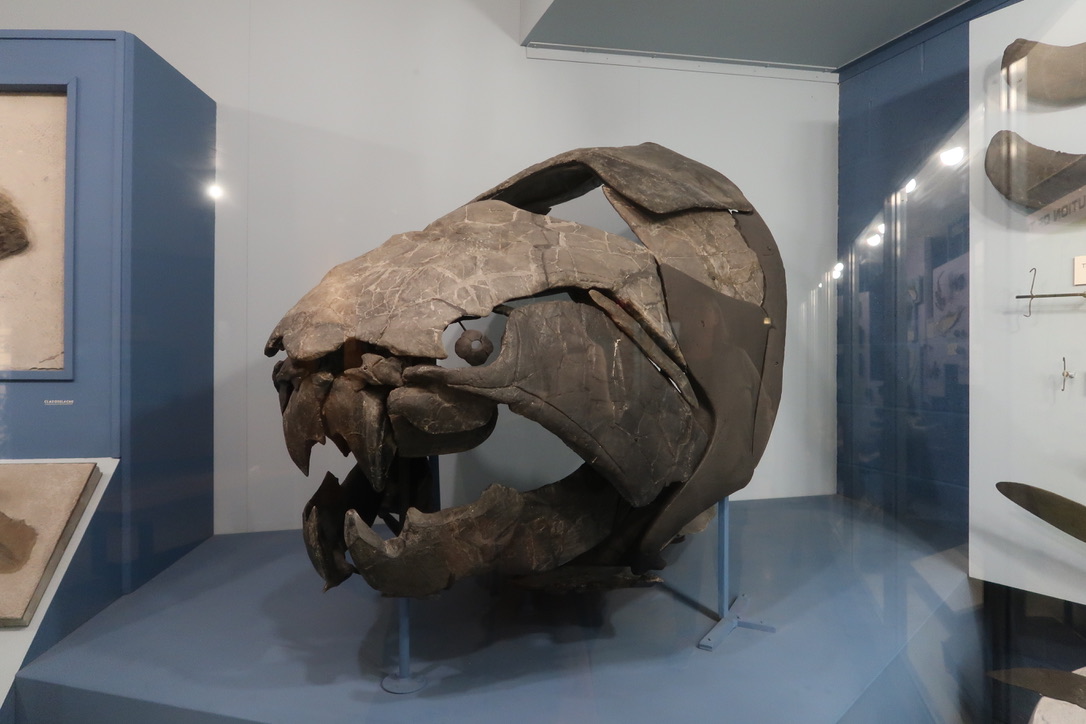


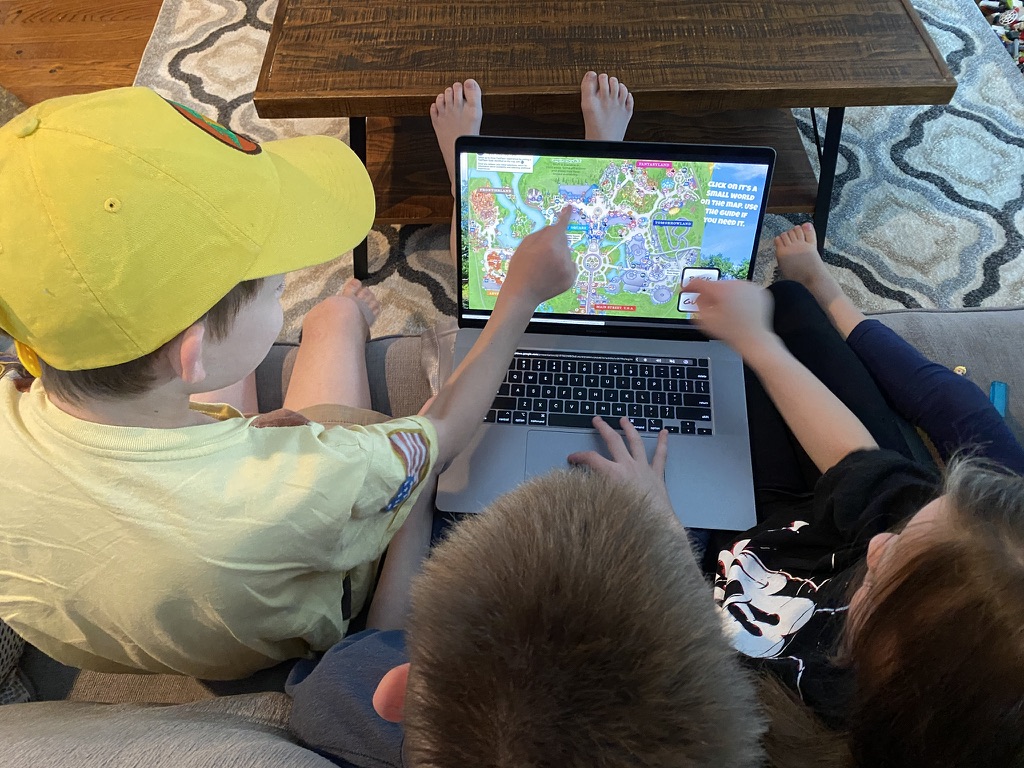
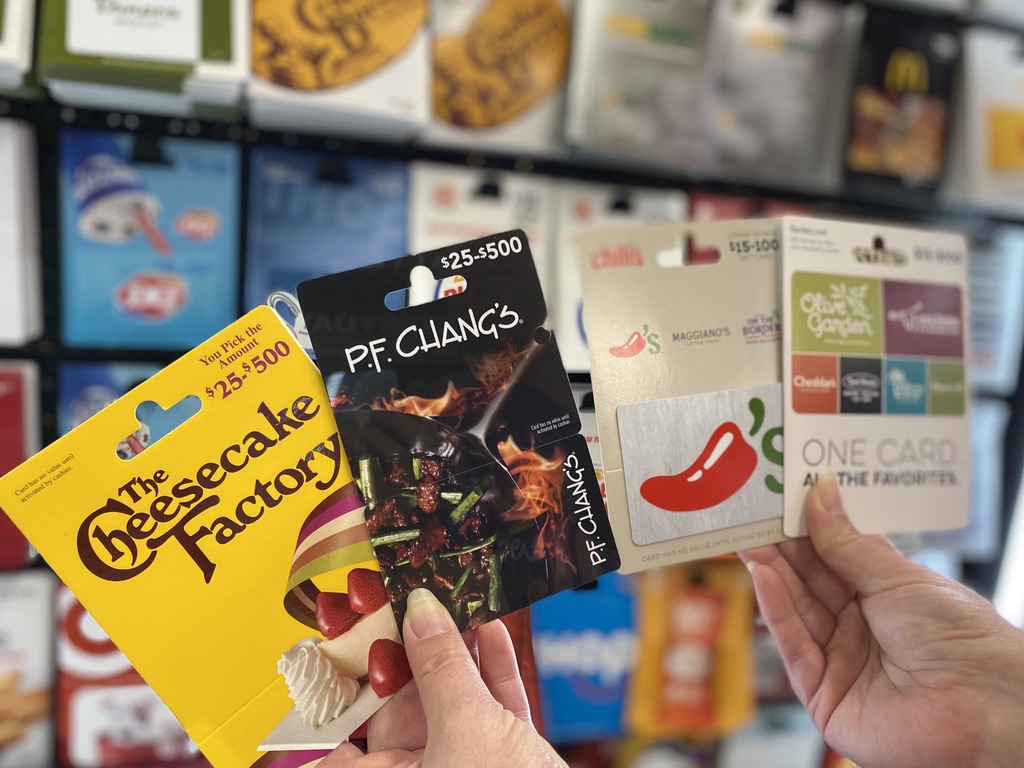
52 Comments
Lisa Maslyk
Great educational tool for kids!
Sara W
Definitely! I was impressed by how many different subjects this one game packs in!
Danielle Ardizzone
This looks awesome! Such a timely activity to do with the family.
Sara W
Yes, this is a great year to be playing this game!
Sarah Camp
Wow! I had no idea they even had such a thing for kids – how great is that? I’m Canadian but I really believe we need to teach our kids more about the real world. This seems like a fantastic way to get them involved!!
Sara W
We love learning world geography too, so if they had the equivalent of this for other countries, I’d buy it so that we could learn about their government and geography too.
Kristin
We are always on the lookout for educational games to play with the family. This looks like a great one (and very appropriate for this year!). I’ll have to consider it.
Sara W
We are always looking for educational games too. There are some great ones out there, but then I feel like we go through a rut of having a hard time finding new ones sometimes.
Douglas Jasper
That is a neat way to tech kids about the election process.
Sara W
Yes, and it’s such an important thing for them to learn.
Holly
WOW! What an amazing way to entertain and educate the family at one time!! I hope many families will buy this and learn together the importance of voting! Another awesome post! Thank you
Sara W
You’re so right, voting is so important. With all that’s going on in our country right now, this is a very important year to vote. We are using this as a teaching opportunity for our kids.
Laura Lee Follett
My daughter “home schools” my 4 and 5 year-old grandsons. She spends about 20 minutes a day formally teaching them using games and art, and then the rest of the day they have educational games and toys. This is definitely something I’m going to show her. They aren’t quite old enough for it, but I love the idea that there’s a place for homeschool resources – she uses teachers pay teachers, right now.
Sara W
Tell her to look into a homeschool convention in her area. Most of the ones for 2020 have had to shift to being online. We attend one in Cincinnati and/or Nashville each year. We were able to attend the Nashville one at the end of February before everything shut down. It’s such a great way to find new resources.
Lisa
This looks like a cool game. I think my kids would like it!
Sara W
My 3 older kiddos really enjoy it. My 4 year old isn’t old enough yet, but I’m sure they’ll have her playing with them before too long.
Kendra
What an absolutely amazing idea for a game! Thanks for sharing this. I love it!
Sara W
It’s a really cool game.
Alice
Wow! What a great game and learning experience!
Sara W
We are so glad we found this game. It’s gotten several hours of play time at our house.
Santana
I wish board games got the recognition they deserve. They’re a huge hit in my family. We’re always looking for a new one!
Sara W
I agree, everyone is always looking for ideas of things to do outside the home with their families. Don’t get me wrong, there’s definitely a place for that, too. But there are so many great things to do at home too, like board games.
Tricia Snow
What a fun game! Thanks for the tip!
Sara W
You’re welcome!
Cathy
That’s an interesting game, we are past game playing in our household. Enjoy it while your kids will still play. Sounds cool!
Sara W
Oh I hope my kids never outgrow playing games. My husband and I still enjoy playing games with our parents and our siblings when we go home for the holidays. Games are a part of our family culture.
Suzan | It's My Sustainable Life
Wish this had been around for game night when my daughter was young!
Sara W
I’m so glad we stumbled upon it. It’s been a great investment.
Marianne
What a great fun learning tool for kids! Wonder if they have a Canadian version??!!
Sara W
If they do I think it’d be a great learning game for my kids as well. I’d love for them to learn about the geography and government of other countries.
Charlene
I am always on the lookout for new games for my classroom. This one looks great! Have you ever looked at games by Simply Fun? I have a lot of those as well.
Sara W
No, never heard of Simply Fun. Thanks for the tip. I’ll check them out.
Lina
What a great game! Not only fun but educational.
Sara W
Those are the best kind!
Eva Keller
This game seems really cool! I’m surprised my dad didn’t have this game and make us play it. lol
Sara W
If he did, you would’ve loved it.
Cindy
I used so many educational games while homeschooling my kids. It’s an excellent way to learn. This looks like a wonderful game especially for this year!
Sara W
I didn’t know you homeschooled your kids. How neat! Did you homeschool through high school?
Annette @ The Digital Teacher Blog
Such a fun way to learn about the electoral votes AND some additioal subject knowledge. I’ll have to check into this game for my students. Thanks for sharing!
Sara W
It’s a lot of fun too!
Christina Furnival
I had never heard of this game! love any way to incorporate math!
Sara W
And the kids love it too!
Sara
This sounds like so much fun, I have never heard of this game. Thanks for sharing!
Sara W
You’re welcome.
Jennifer Van Haitsma
Sounds like a fun way to teach the electoral process to kids! My kids are getting to age where they like board games, and our oldest is learning addition, so this would be fun!
Sara W
I bet your kids would enjoy it, it’s a lot of fun.
Amy
I have never heard of this but sounds like a cool way to learn a variety of things!
Sara W
It’s such a great game, I’m so glad I found it.
Jennifer Bradley
What a fun educational game! I’m going to add this to our homeschool wish list!
Sara W
You’ll love it!
Leticia
This is awesome!!! We are really big on board games in our family. In fact, we’re about to play a board game (pandemic legacy) right now lol.
Saving this for when my daughter gets older!
Sara W
Haven’t played that one. I’ll have to check it out.